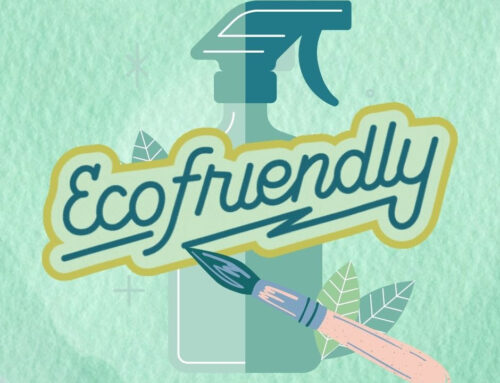How to Establish a Recycling System in Five Easy Steps
Sources and information are attributed to the November 2013 BOMA Magazine edition, written by Sam Glover, Senior Product Manager of Rubbermaid Commercial Products.
Are you interested in implementing a recycling system in your building?
In this article we will discuss five easy steps to establish an effective recycling system.
 For property managers, tenant retention is top-of-mind. Satisfied tenants translate into business success, in terms of increasing revenues, managing vacancies, etc. Recent studies have indicated that implementing “green initiatives” increases tenant satisfaction, with more than 50 percent of respondents to Kingsley Associates’ “Office Trends Q4 2012” stating that green building practices were “somewhat to very important.” Central to a sound green initiative or sustainability program for a property is a well-developed recycling program that’s easy to use and to implement.
For property managers, tenant retention is top-of-mind. Satisfied tenants translate into business success, in terms of increasing revenues, managing vacancies, etc. Recent studies have indicated that implementing “green initiatives” increases tenant satisfaction, with more than 50 percent of respondents to Kingsley Associates’ “Office Trends Q4 2012” stating that green building practices were “somewhat to very important.” Central to a sound green initiative or sustainability program for a property is a well-developed recycling program that’s easy to use and to implement.
As green initiatives developed over the last decade, there was little documentation on how to effectively implement a recycling program. Property Managers were forced to improvise-choosing a variety of receptacles in an assortment of colors to place throughout the facilities. Often, the success of the recycling initiative varied greatly, with peak performance close to the national recycling rate of about 34 percent. A well-developed recycling program is one that is designed specifically for the needs of the property and its tenants, where recycling rates improve significantly, along with tenant satisfaction rates.
Here are five simple steps that can help you implement an effective recycling program:
Step 1 – Do Your Research
Know your local waste and recycling laws governing commercial properties in your municipality. Search your municipality’s website or contact it directly to understand the requirements for businesses like yours, i.e. what streams must be recycled, which streams are optional, and what services are provided by the municipality and its partners.
 Step 2 – Conduct an Audit
Step 2 – Conduct an Audit
The goal is to understand your current recycling rate or diversion rate. How can this be accomplished? Your waste and recycling is measured in volume or pounds, and you can sometimes find that information in your monthly hauler bills. Another option is to conduct an audit yourself. An audit is a great time to discuss options with your building service contractor and janitorial staff on ways to make collection of waste and recycling streams more efficient.
Step 3 – Use the Right Product Solutions for the Right Job
Effective recycling collection products should have a consistent look and feel, making it easy for users to recognize the recycling receptacles throughout the facility. To enhance communication, receptacles should feature labels that clearly identify the waste and recycling streams. This labeling system should be consistent on all receptacles throughout the facility. Consider working with a materials management company that has a complete product portfolio, including collection, transportation and labeling systems.
Step 4 – Consider Placement
Product placement is crucial to your success. Users should have easy and efficient access to the recycling system at their desks and throughout the facility. In high-traffic areas, products should be sufficient size to accommodate the volume of the stream between collection periods.
Step 5 – Educate, Educate, Educate
Education on how to properly dispose of waste will help make it easier for your tenants to recycle. Educational posters, for example, should explain the meaning of the colors/icons/symbols on labels, what materials go in each receptacle, etc. Reference sheets that clearly communicate what’s recyclable and what’s not should be handed out and posted throughout the facility. An individual can be placed in the role of champion to help answer questions and monitor progress on-site.




